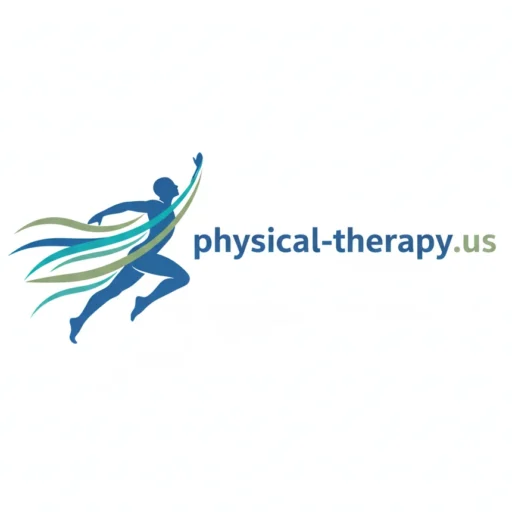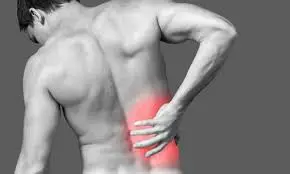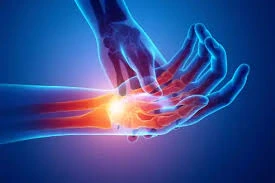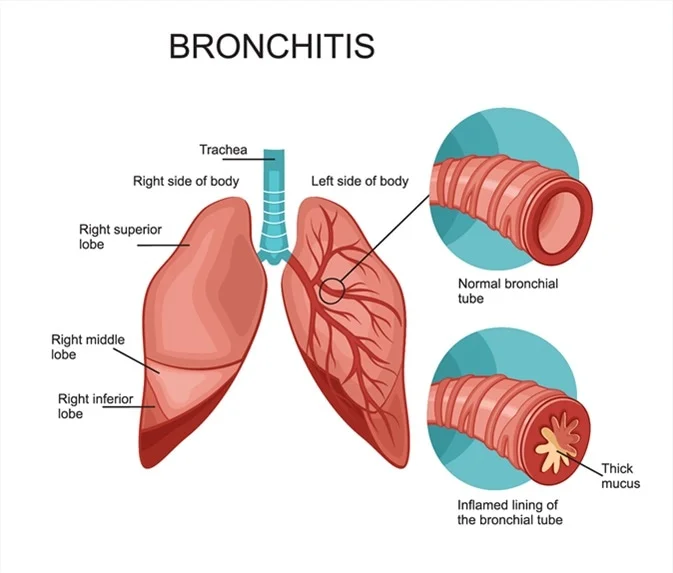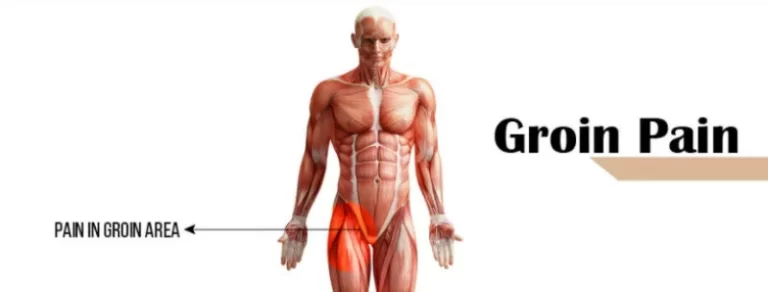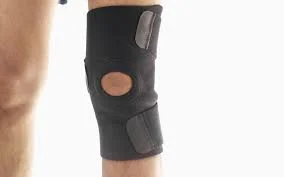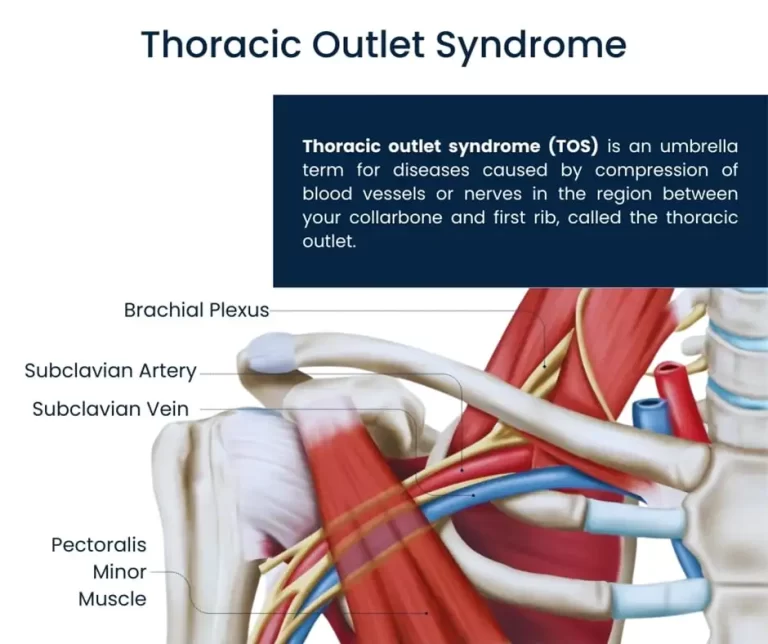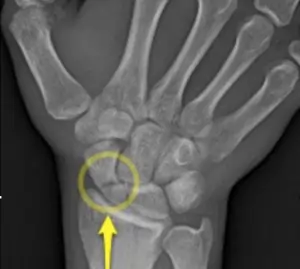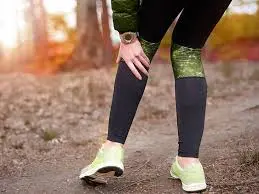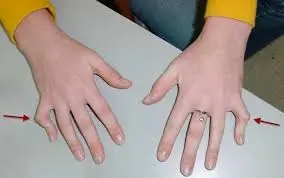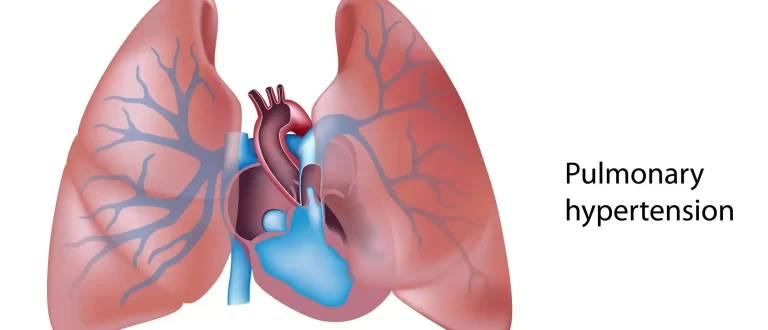What Is The Difference Between Bone Pain and Nerve Pain?
Bone pain and nerve pain differ in their causes, sensations, and characteristics. Bone pain is usually deep, aching, or throbbing and is often linked to fractures, infections, arthritis, or cancer. It worsens with movement or pressure. Nerve pain (neuropathic pain) is typically sharp, burning, tingling, or shooting and results from nerve damage or compression, as…
